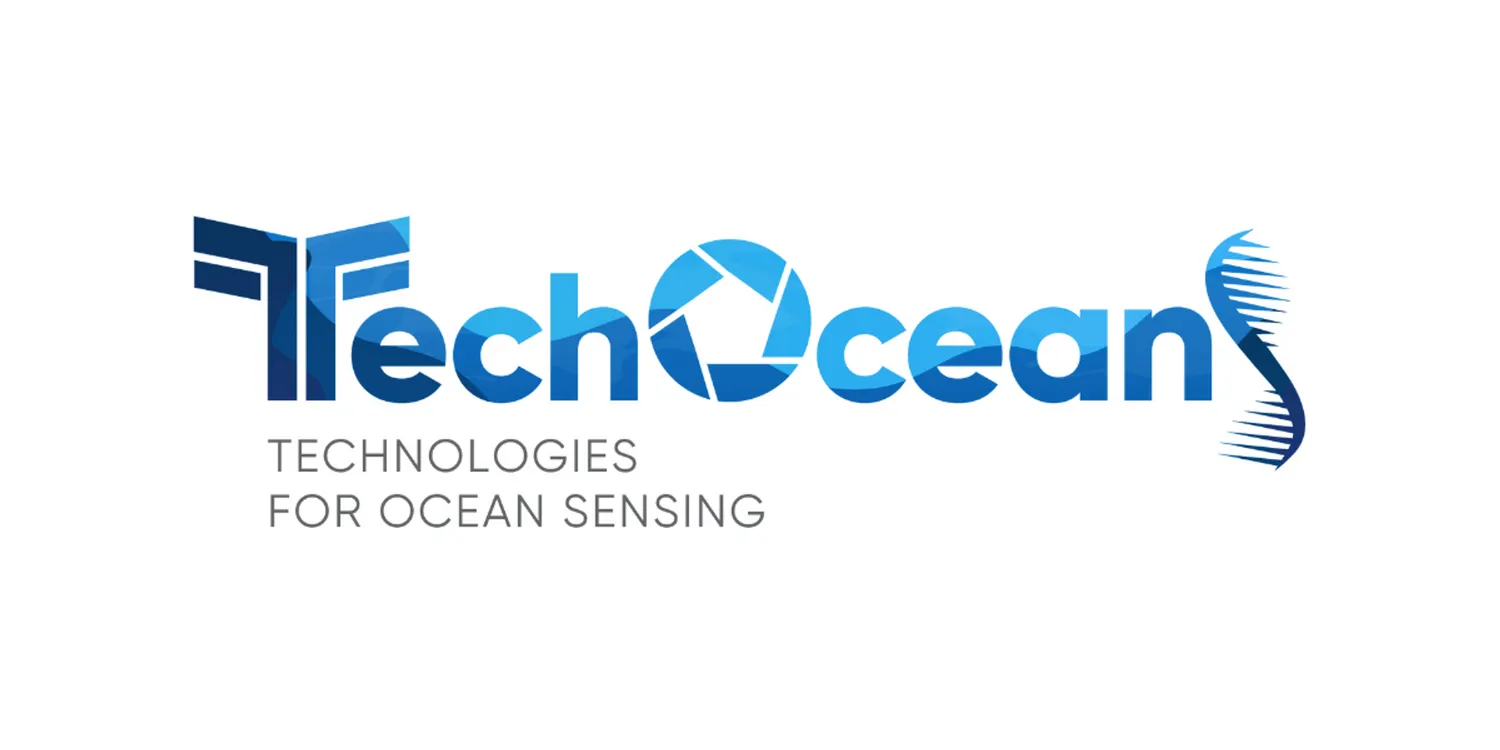03 Sept 2021
Theme 1 is led by the Institute of Molecular Biology and Biotechnology of the Foundation for Research and Technology Hellas (IMBB-FORTH) in Greece and constitutes experts from the National Oceanographic Centre (NOC), Dublin City University (DCU), the University of Southampton (UoS) and the Stazione Zoologica Anton Dohrn (SZN).
At the core of many challenges facing marine conservationists, fisheries, climate change scientists and others is that the proper assessment and forecasting of ecosystem health requires researchers to know the status of biota in a given body of water. Until the 2000s this required the direct sampling or observation of marine wildlife, which is not only labour intensive but also prone to sampling bias. However over the past 20 years a new method of detection and measurement has been added to the observation toolkit: environmental DNA (eDNA). eDNA consists of nuclear or mitochondrial DNA that is naturally deposited into the environment from organisms. The rapid advancement of sequencing technology has made it possible for marine researchers to collect water samples and identify the presence of a swathe of flora and fauna in that local ecosystem.
eDNA has already revolutionised the field of marine biology, however there are still challenges to be overcome. While eDNA does not require every organism to be present at the time of sampling, it does still only provide a snapshot of the sampled location at the time of sampling. To gain a thorough understanding of an ecosystem requires samples be taken over a period of time, with greater frequency leading to a more refined vision of the biome. Another issue is that not all organisms shed DNA at the same rate – turtles for instance shed very little DNA – which means they can be more difficult to detect. Finally, sequencing and cataloguing eDNA currently requires the water samples be collected and analysed, often in laboratories either on shore or on a research vessel. With large sample collections this process can quickly become expensive.
One of the overall goals of TechOceanS is to enable the more frequent monitoring and measurement of oceanic systems through remote AUVs (autonomous underwater vehicles). In order to facilitate the inclusion of eDNA sampling and analysing in these autonomous systems, Theme 1 aims to introduce new processes and technologies which will allow eDNA to be collected and sequenced continuously and in highly challenging subaquatic environments. To date, researchers from this theme have:
- Developed over ten new isothermal assays for the identification of key target species, including invasive lionfish and threatened sea turtles, that is able to function with very low power input and at the constant low temperatures of the deep ocean
- Created a new, film-based method for capturing microfluidic samples in a contiguous manner
- Explored a novel protocol for processing genomic samples that makes use of seawater, potentially eliminating the need for solutions to be carried on board AUVs
- Continued to work on the design of a fluorescence detection system capable of analysing the genomic samples even in the high-pressure environments of the ocean’s depths
